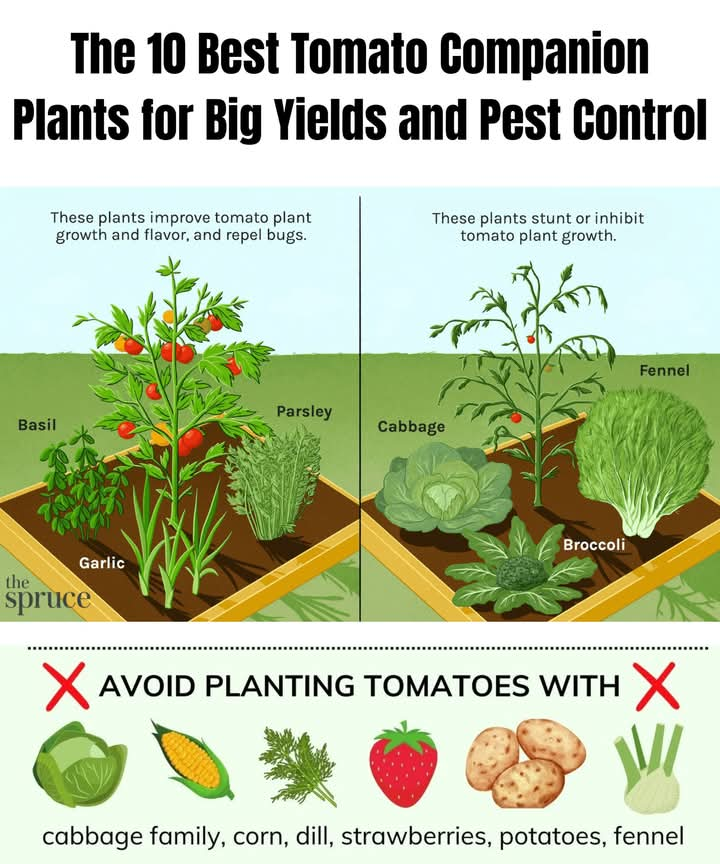How to start grasscutter farming in Nigeria
Interested in grasscutter farming? Here’s a straightforward guide to get started.
1. Grasscutter Cages/Pens
Grasscutters live in colonies. Each colony should have one male with either three or four females. For housing, you can use:
Wooden or Iron Cages: Ideal for beginners, as they’re easy to relocate if the environment doesn’t suit the animals.
Concrete Pens: Durable but less flexible, so consider carefully before building.
2. Grasscutter Species
There are two main types of grasscutters raised for farming:
Long Breed (Thryonomys swinderianus)
Short Breed (Thryonomys gregorianus)
3. What Do Grasscutters Eat?
Grasscutters are natural herbivores and thrive on a variety of plants, such as:
Cassava tubers
Guinea grass
Elephant grass
Sugarcane stems
Pineapple tops
Sweet potatoes
4. Best Foods for Grasscutters
Their diet can include:
Cassava and yam
Moringa leaves
Corn, sorghum, millet
Ugu stems (pumpkin stems)
5. Breeding and Pregnancy
Grasscutters have a gestation period of around 148–152 days (5 months). Signs of pregnancy include staying calm in one spot and slight changes in the abdomen. They mature sexually at 6–7 months.
6. How Many Babies Can They Have?
Grasscutters can give birth to 5–9 young per litter, sometimes even up to 12! This makes them great for breeding, as they’re easy to manage in captivity.
Health Note
Grasscutters are generally hardy animals and rarely get sick, similar to goats. When they do fall ill, careful observation can help determine the cause.
Final Tip
Start with two or more colonies, and don’t hesitate to learn as you go!




